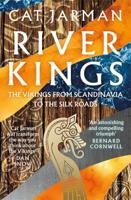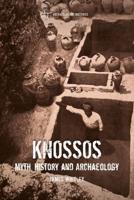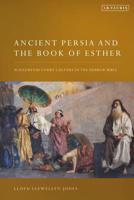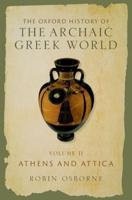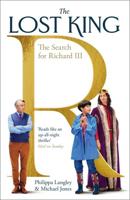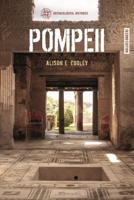Publisher's Synopsis
The Montebello Islands are a cluster of small, low relief land masses, comprised of ancient limestone, with skeletal soils, sparse vegetation and shifting sand bodies. They lie some 80 km from the coastline, representing far flung 'high points' on the once extensive arid coastal plains of north-west Australia. Barrow Island lies between the mainland and the islands. More famous as the first nuclear testing site used by the British in the 1950s and the location of the first known shipwreck off the Australian coast, (the Tryal in 1622), the Montebello Islands represent a unique configuration of terrestrial and marine ecosystems. This paper reports on archaeological analysis carried out on assemblages recovered from two stratified cave sites on Campbell Island in the Montebello group in northwest Australia. These sites provide unique insights into human responses to the drowning of the extensive arid plains of north-west Australia following the Last Glacial Maximum. Rich faunal assemblages have been recovered which date to the period 30,000-7000 BP as the local environmental context changed in response to the post-glacial marine transgression. Field surveys and excavations were carried out over two field seasons between 1992-4 and involved a team of archaeologists, field assistants and support crew.

